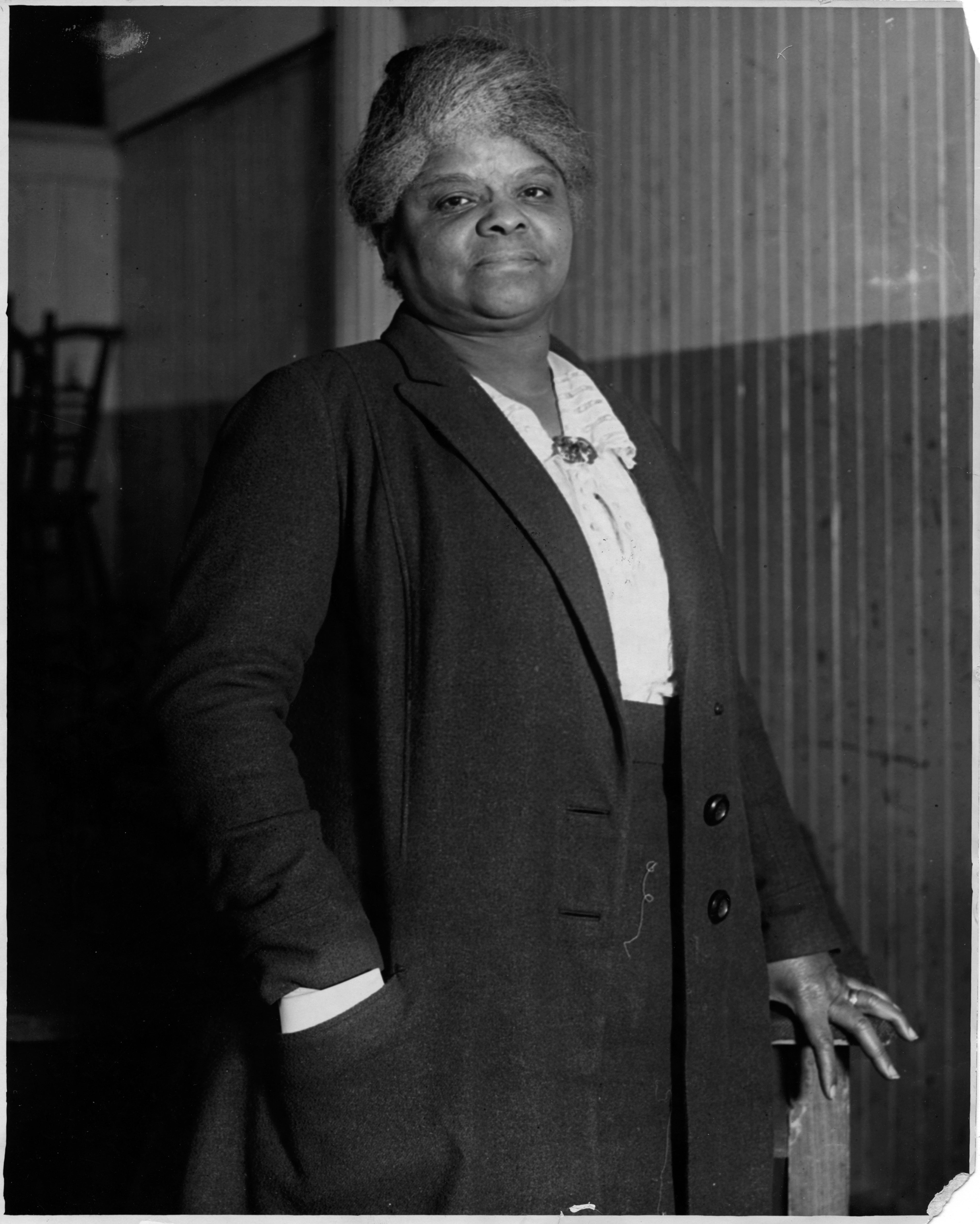
Since it was established in 1851, the New York Times has often be referred to as America’s “paper of record,” but that doesn’t mean the Gray Lady always got it right.
Recently, the Times found that in its 167 years in print, most of its’ famed obituaries have been written about white men.
“Since 1851, The New York Times has published thousands of obituaries: of heads of state, opera singers, the inventor of Stove Top stuffing and the namer of the Slinky. The vast majority chronicled the lives of men, mostly white ones; even in the last two years, just over one in five of our subjects were female,” writers Amisha Padnani and Jessica Bennett admit.
But the paper is working to correct it.
Just in time for International Women’s Day, the New York Times has added the stories of 15 women to a new series called “Overlooked,” which will feature new narratives each week. Included in the initial class of overlooked women is iconic journalist and anti-lynching activist, Ida B. Wells, who passed away in 1931.
“Wells is considered by historians to have been the most famous Black woman in the United States during her lifetime, even as she was dogged by prejudice, a disease infecting Americans from coast to coast,” her obituary notes. “She pioneered reporting techniques that remain central tenets of modern journalism,” the Times continues. “And as a former slave who stood less than five feet tall, she took on structural racism more than half a century before her strategies were repurposed, often without crediting her, during the 1960s civil rights movement.”
Along with Wells, “Overlooked” features obituaries for other notable Black women including Henrietta Lacks, trans activist Marsha P. Johnson, Harlem Renaissance writer Nella Larsen, and Afro-Cuban printmaker, Belkis Ayón.
